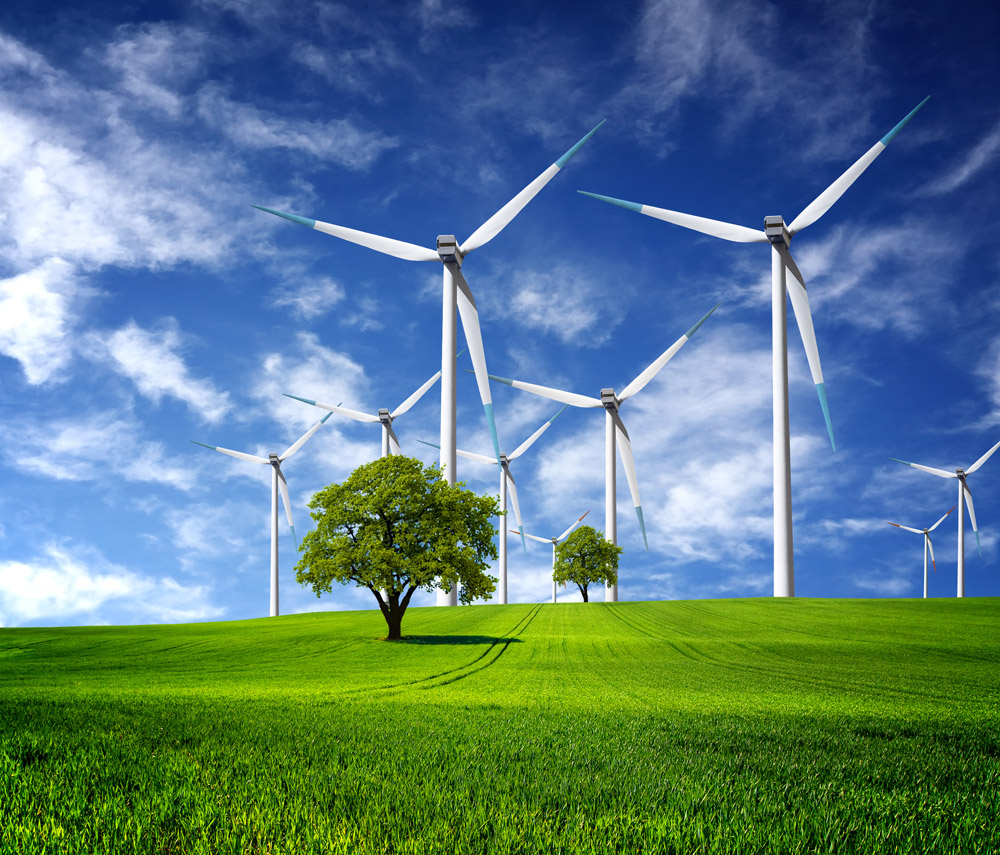Energy Conservation and Renewable Energy


Energy Conservation and Renewable Energy as Sustainable Development
Sustainable development meets the needs of the present
without compromising the ability of future generations
to meet their own needs.
— United Nations Brundtland Commission, 1983
Sustainable development is particularly demanding, as it requires predictably sound economics achieved from effective products and services, which employ low risk technology and proven skills. When engaged to answer sustainable energy needs, the outcome is … better energy. Performance-based economics does not stem from ANY political interpretation of fact.
Why an investment in energy conservation and renewable energy is …
JUST AS SAFE AS BUYING I-BONDS
Ref: PBS Journalist Paul Solomon interviewed Hilton Dier on “Making Sense.” Read full article
For convenience in summarizing the risks and rewards for an investment in energy conservation and renewable energy installation, the following tables list the content of the PBS “Making Sense” article.
Table 1 Investment Comparison Profile, July 2013
| Item | Criteria | Investment | |
| I Savings Bond | Energy Conservation Remodel;Renewable Energy Installation | ||
| 1 | Investor | Anyone with a SSN | Home owner / Business owner |
| 2 | Term of Investment | Up to 30 years | “Forever”[Lifetime of Property][Lifetime of Solar Panels = 30yrs] |
| 3 | Asset yield | Earned interest | Savings from unused energy –heating fuel, electricity* |
| 4 | Tax | Taxable at redemption(deferred) | Savings are Tax free |
| 5 | Inflation Protection | YesInterest linked to Urban CPI | Yes – isolation from energy cost inflation |
| 6 | Protection of Principal | Full faith and credit of USG | Installation insured under property insurance policy |
| 7 | Investment cap | $15k/year per individual | Energy needs |
| 8 | Annual earnings | 2x Urban CPIi.e. 0 – 5.7% over last 14 yrsCurrently 1.18% | 6 to 12% for Solar HW6 to 12% for Solar Electric (PV)Plus savings from avoidance of future energy cost inflation, less cost of any borrowed capital |
| * | $100 saved from unavoidable cost (energy bills) is the same as $100 in earnings | ||
| NOTE | Rates for I Bonds: http://www.treasurydirect.gov/indiv/research/indepth/ibonds/res_ibonds_iratesandterms.htm#ex | ||
The PBS article examined the cost, performance and investment return for a photovoltaic panel installation in Vermont, as well as for an installation of domestic solar hot water panels.
Table 2 Earnings from Solar Electric Installation in Vermont – July 2013
| Item | Description | Amount |
| 1 | Example PV capacity | 7,000 W |
| 2 | Installed cost per W | $4.25/W |
| 3 | Raw cost | $29,750 |
| 4 | 30% Federal Tax Credit applied | $20,825 |
| 5 | After Vermont incentive, $0.45/W | $17,675 total effective cost |
| 6 | Annual production in VT | 1,200 kWh per kW of PV capacity |
| 7 | Annual production for 7,000 W installed | 8,400 kWh / yr |
| 8 | Value of production in VT | 17c /kWh (same as utility cost/kWh) |
| 9 | Value of 8,400 kW annual production | $1,428 / yr |
| 10 | VT mandates 20c/kWh | $1,680 / yr |
| 11 | Savings as % of total effective cost | $1,680/$17,675 = 9.5% |
Table 3 Earnings from Solar HW Installation in Vermont – July 2013
| Item | Description | Amount |
| 1 | Production from 2-panel installation in VT | 15 MBTU/year |
| 2 | Production is same as Propane #2 Fuel oil Natural gas Electricity | 240 gal/yr170 gal/yr20 Mcf4,400 kWh/yr |
| 3 | Raw cost of Solar HW | $10,500 |
| 4 | After Federal tax credit and VT incentive | $6,400 total effective cost |
| 5 | Value of panel HW production at 14c/kWh | $617 |
| 6 | Savings as % of total effective cost | $617/$6,400 = 9.5% |
This performance-based economic analysis has been conducted by Hilton Dier III, an energy conservation and renewable energy consultant from Middlesex, VT.
Although not discussed in the PBS “Making Sense” article, earnings from a typical PV installation in the lower 49 states can be computed, considering median performance taken from the full range of natural solar productivity in all states except Alaska.
Table 4 Earnings from typical PV installation, median productivity in US
| Item | Description | Amount |
| 1 | Average household energy need (US) | 12,000 kWh per year |
| 2 | PV production capacity to match need | 7,000 W in Mojave, CA (High solar access)12,000 W in Seattle WA (Low solar access) |
| 3 | Median production capacity, US | 9,500 W |
| 4 | Raw Cost per W installed | $3.00 – $5.00 /W |
| 5 | Raw Cost for median capacity | $28.5k – $47.5k |
| 6 | 30% Federal Tax Credit applied | $20k – $33k |
| 7 | Range of various State PV incentives | $0.40/W to $2.50/W |
| 8 | Median of State PV incentives | $1.50/W |
| 9 | Effective cost when reduced for $1.50/W | $6k – $19k total effective cost |
| 10 | Average electric utility rate in US | 10c/kWh (EIA, April 2013) |
| 11 | Range of solar production, US | 1,000 kWh /kW to 1,700 kWh /kW |
| 12 | Median solar production, US | 1,350 kWh /kW** |
| 13 | Value of 9.5 kW at 1,350 kWh/kW | $1,282 |
| 14 | Savings as % of total effective cost | 6.7% to 21% |
| 15 | Increased property value at sale ($5/W) | $47,500 |
| ** In states where production incentives are offered (eg WA with $0.54/kWh) the annual earnings translate much higher | ||
Sustainable Development is an option for any business or home owner considering the economic advantages of energy conservation (to achieve energy savings) or renewable solar energy installation (to avoid future inflation in energy costs).
